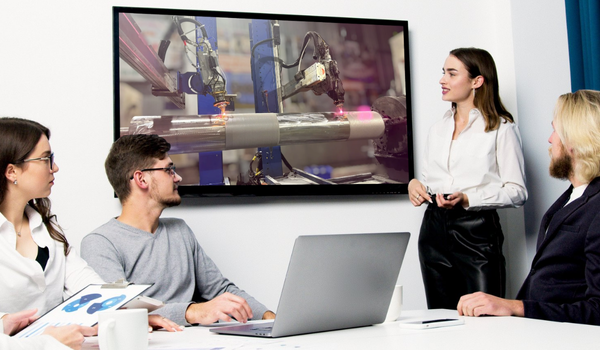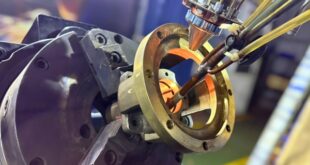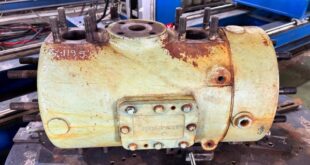
11. Can large components be repaired using Laser Cladding?
Yes. With high-power laser systems and proper workpiece fixtures, Laser Cladding can be applied to large parts such as pump shafts, valve bodies, or industrial gears. However, the component’s size, weight, and the area needing repair should be carefully evaluated for an appropriate cladding plan.
12. Can Laser Cladding be applied to cast iron components?
Yes, but it requires specialized handling. Cast iron is brittle and has poor thermal conductivity, making it prone to cracking if unevenly heated. Therefore, applying Laser Cladding on cast iron requires optimized laser parameters, suitable cladding materials, and careful cooling control.
13. Can Laser Cladding layers be machined afterward?
Yes. After cladding, the surface can be turned, milled, ground, polished, or otherwise processed depending on technical requirements. This is a major advantage that ensures dimensional precision and high-quality surface finishing.
14. Can multiple layers be applied using Laser Cladding?
Yes. Laser Cladding supports multi-layer deposition using different materials (multi-layer cladding), allowing for functional coatings—for example, an inner layer for wear resistance and an outer layer for corrosion resistance. Coating designs depend on specific application needs.
15. Can Laser Cladding be used for new components (not yet damaged)?
Absolutely. Laser Cladding is not only for repairs—it is also used for surface enhancement. You can apply it to new parts to improve surface hardness, wear resistance, or corrosion resistance, thus extending equipment lifespan from the start.
16. Does Laser Cladding affect the base material’s structure?
Not significantly. Due to the precise energy control and localized heating, Laser Cladding only melts a thin surface layer without causing large thermal deformation or affecting the core structure of the base material.
17. Is surface cleaning necessary before applying Laser Cladding?
Yes. Thorough cleaning (mechanical or chemical) is essential to remove dust, oil, and oxides, ensuring optimal adhesion between the cladding layer and the base material. This step directly impacts coating quality.
18. What industries benefit most from Laser Cladding?
Laser Cladding is widely used in industries requiring high durability and precision, such as:
- Oil & Gas: Repairing corroded drill shafts, valves, and pumps.
- Cement, Steel & Mining: Anti-wear coatings for gears, rollers, augers.
- Aerospace: Thermal protection coatings and precision rotating parts.
- Precision Engineering & Molds: Hard coatings to extend mold and die life.
This technology significantly extends component life, reduces replacement costs, and improves production efficiency.
19. Is Laser Cladding environmentally friendly?
Yes. The process generates little to no smoke, fumes, or hazardous chemicals and uses minimal materials compared to traditional methods. It’s considered a green and sustainable technology in modern manufacturing.
Contact us for consultation and support:
PHUONG DONG INDUSTRIAL AND TRADING CO., LTD
Address: Alley 70, Dan Di, Uy No, Dong Anh, Hanoi
Phone/Zalo: +84 987 822 360

 Laser Cladding Phương Đông
Laser Cladding Phương Đông


